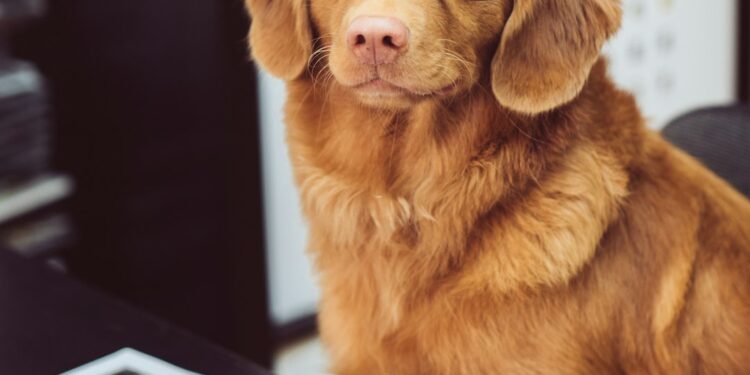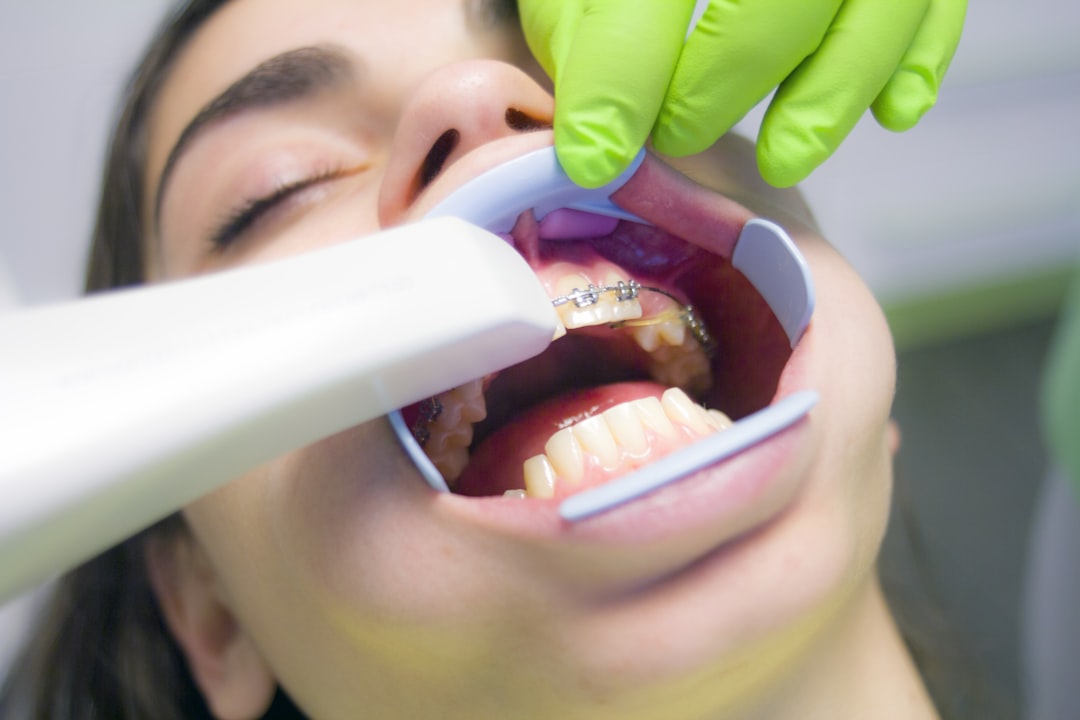Separation anxiety is a common issue among pets, especially dogs, when their owners leave them alone. This can manifest in various ways, such as excessive barking, destructive behavior, or even self-harm. Dealing with pet separation anxiety can be challenging, but there are several ways to help alleviate your pet’s distress. In this blog post, we will discuss some of the best ways to deal with pet separation anxiety and help your furry friend feel more comfortable when you are not around.
1. Establish a Routine
One of the best ways to help your pet feel more secure when you are not around is to establish a daily routine. This will help your pet know what to expect and reduce their anxiety. Make sure to feed your pet at the same time every day, take them for walks or playtime at the same time, and create a consistent bedtime routine. When you leave the house, try to leave and return at the same time each day to help your pet feel more at ease.
2. Provide Comfort Items
Leaving your pet with comforting items, such as their favorite toys, blankets, or even an article of clothing that smells like you, can help reduce their anxiety when you are not around. These items will provide your pet with a sense of security and familiarity, making them feel more comfortable when you are away.
3. Exercise and Mental Stimulation
Pets that are commonly stressed or anxious when left alone can often benefit from increased exercise and mental stimulation. Make sure your pet gets plenty of physical activity through walks, runs, or playtime. Additionally, provide your pet with puzzle toys or interactive games to keep their minds engaged and prevent boredom. A tired and mentally stimulated pet is less likely to exhibit anxious behaviors.
4. Desensitization Training
Desensitization training involves gradually exposing your pet to being alone for short periods of time and then gradually increasing the duration. Start by leaving your pet alone for a few minutes and gradually increase the time as your pet becomes more comfortable. This will help your pet build confidence and become more accustomed to being alone.
5. Consider Professional Help
If your pet’s separation anxiety is severe and impacting their quality of life, it may be beneficial to consult with a professional trainer or behaviorist. They can help develop a personalized plan to address your pet’s anxiety and provide you with techniques and tips to help your pet feel more at ease when you are not around.
6. Use Calming Aids
There are several calming aids available on the market that can help reduce your pet’s anxiety when you are not around. These can include pheromone sprays, calming collars, or supplements that promote relaxation. Consult with your veterinarian to determine the best calming aid for your pet’s specific needs.
7. Avoid Making a Big Deal Out of Departures and Returns
When leaving the house or returning home, try to avoid making a big fuss over your pet. This can create more anxiety for your pet as they may associate your comings and goings with heightened emotions. Instead, stay calm and composed when leaving and returning to help your pet feel more relaxed.
8. Gradually Increase Time Apart
If your pet struggles with separation anxiety, it can be helpful to gradually increase the time you are apart. Start by leaving your pet alone for short periods of time and gradually increase the duration. This will help your pet build confidence and feel more comfortable when you are not around.
9. Consider a Pet Sitter or Dog Walker
If your schedule allows, consider hiring a pet sitter or dog walker to provide your pet with company and stimulation while you are away. Having someone check in on your pet during the day can help alleviate their anxiety and provide them with much-needed companionship.
10. Be Patient and Understanding
Dealing with pet separation anxiety can be challenging, but it is important to be patient and understanding with your pet. Remember that your pet’s anxiety is not a reflection of their behavior or personality, but rather a response to feeling anxious or stressed when you are not around. With time, consistency, and love, you can help your pet feel more comfortable and secure when you are apart.
In conclusion, pet separation anxiety is a common issue among pets, but there are several ways to help alleviate your pet’s distress and make them feel more comfortable when you are not around. By establishing a routine, providing comfort items, increasing exercise and mental stimulation, and seeking professional help when needed, you can help your pet overcome their anxiety and feel more at ease when you are not at home. Remember to be patient, understanding, and loving towards your pet as you work together to address their separation anxiety.














